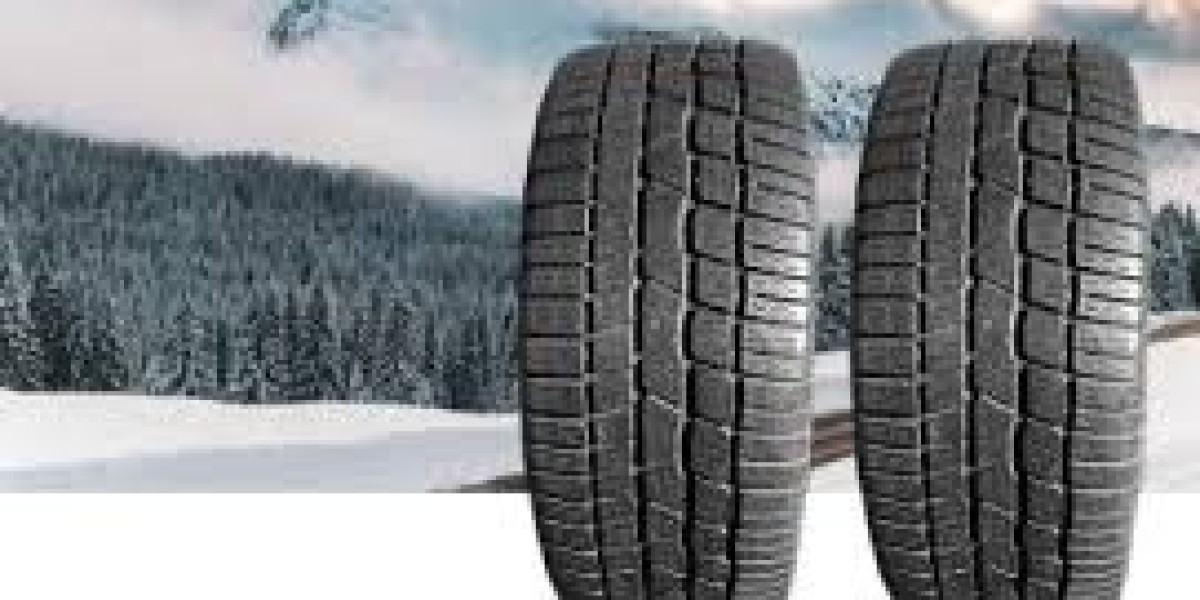As winter approaches and temperatures begin to drop, ensuring your vehicle is prepared for icy and snowy road conditions becomes essential. One of the most critical elements of winter vehicle safety is having the right tyres. Winter tyres are designed specifically to perform better in cold weather, offering improved grip, traction, and braking compared to regular or summer tyres. However, the cost of brand-new winter tyres can be a barrier for many drivers. This is where winter part worn tyres come into play—offering a cost-effective solution without compromising safety. This article will explore the benefits, risks, and buying tips for winter part worn tyres and how to find the cheapest winter part worn tyres without sacrificing quality.
What Are Winter Part Worn Tyres?
Part worn tyres are second-hand tyres that have been previously used but still have a significant amount of tread left and are legally and safely reusable. When specifically designed for winter conditions, these tyres—called winter part worn tyres—are manufactured with deeper tread depths and a softer rubber compound, providing better grip in temperatures below 7°C, on snow, slush, and ice.
Why Choose Winter Tyres?
Winter tyres are engineered to enhance safety and performance during cold months. Key features include:
Deeper Tread Patterns: This helps disperse snow and slush more effectively.
Sipes (tiny grooves): Provide additional biting edges for improved grip on icy surfaces.
Special Rubber Compound: Remains flexible in low temperatures, unlike summer tyres which harden and lose effectiveness.
These features result in:
Shorter braking distances
Increased vehicle control
Enhanced stability on slippery roads
Benefits of Choosing Winter Part Worn Tyres
1. Cost Savings
Brand-new winter tyres can be expensive. A full set may cost upwards of £400–£600 depending on size and brand. In contrast, winter part worn tyres can be up to 50% cheaper while still providing adequate tread and winter performance.
2. Environmentally Friendly
Using part worn tyres helps reduce waste and the environmental impact of manufacturing new tyres. By extending the life cycle of tyres, you’re contributing to sustainability.
3. Availability
Many reputable tyre dealers now stock winter part worn tyres due to increasing demand. You can often find well-known brands such as Michelin, Continental, Goodyear, and Bridgestone available at a fraction of the new tyre price.
How to Find the Cheapest Winter Part Worn Tyres
When looking for the winter part worn tyres cheapest, affordability must be balanced with safety and legality. Here’s how to find the best deals:
1. Check Local Tyre Retailers
Start by contacting your local tyre dealers. Many offer deals on winter part worn tyres, especially in the early winter months or off-season.
2. Buy in Sets
Purchasing all four tyres as a set can often result in better pricing than buying individually.
3. Online Marketplaces
Websites like eBay, Gumtree, and Facebook Marketplace may have listings for used winter tyres from individuals or dealers. However, inspect thoroughly or request detailed photos before purchasing.
4. Specialised Tyre Shops
Some tyre shops specialise in part worn tyres and offer bulk-imported winter tyres from Germany and Scandinavia—regions where winter tyres are mandatory, and standards are high.
5. Look for Promotions
Watch out for seasonal sales or discounts at auto garages or tyre centres. You may find combo deals that include fitting and balancing.
Safety Tips When Buying Winter Part Worn Tyres
Even if you’re looking for the cheapest deal, safety must never be compromised. Follow these guidelines:
1. Minimum Tread Depth
In the UK, the legal minimum tread depth is 1.6mm, but for winter performance, look for tyres with at least 4mm remaining. The more tread, the better the grip in winter conditions.
2. Tyre Condition
Avoid tyres with:
Sidewall damage or cuts
Bulges or bubbles
Uneven wear patterns
Visible cords or internal damage
3. DOT Code Check
Look for the DOT (Department of Transportation) code on the tyre sidewall. It indicates the manufacturing date. Ideally, avoid tyres older than 6 years, as rubber degrades over time even if unused.
4. Check for Matching Sets
Try to get tyres from the same brand and tread pattern to ensure even grip and balanced handling.
5. Ask for Pressure Testing
A reputable seller should offer pressure testing to ensure the tyre holds air properly and doesn’t have slow punctures.
Installation and Maintenance Tips
Once you’ve bought your winter part worn tyres:
Have them professionally fitted and balanced to avoid vibration or uneven wear.
Rotate regularly to extend their lifespan.
Check tyre pressure at least once a month, as cold weather reduces air pressure.
Store summer tyres properly in a cool, dry place if you’re swapping sets.
Where to Buy Winter Part Worn Tyres in the UK
Some trusted places to start your search include:
Part Worn Tyres UK – Nationwide suppliers
MyTyres.co.uk – Occasional part worn and discounted winter tyres
Kwik Fit – Offers new tyres but may have deals on nearly new stock
Local independent garages and breakers – Often have hidden gems at great prices
Final Thoughts: Are Winter Part Worn Tyres Worth It?
Absolutely—if chosen wisely. Winter part worn tyres offer a practical and budget friendly alternative to buying new ones, especially if you only need them for a few months a year. While cost-saving is a major benefit, never sacrifice safety—always inspect carefully, buy from reputable sellers, and ensure your tyres have enough life to get you through the season.








